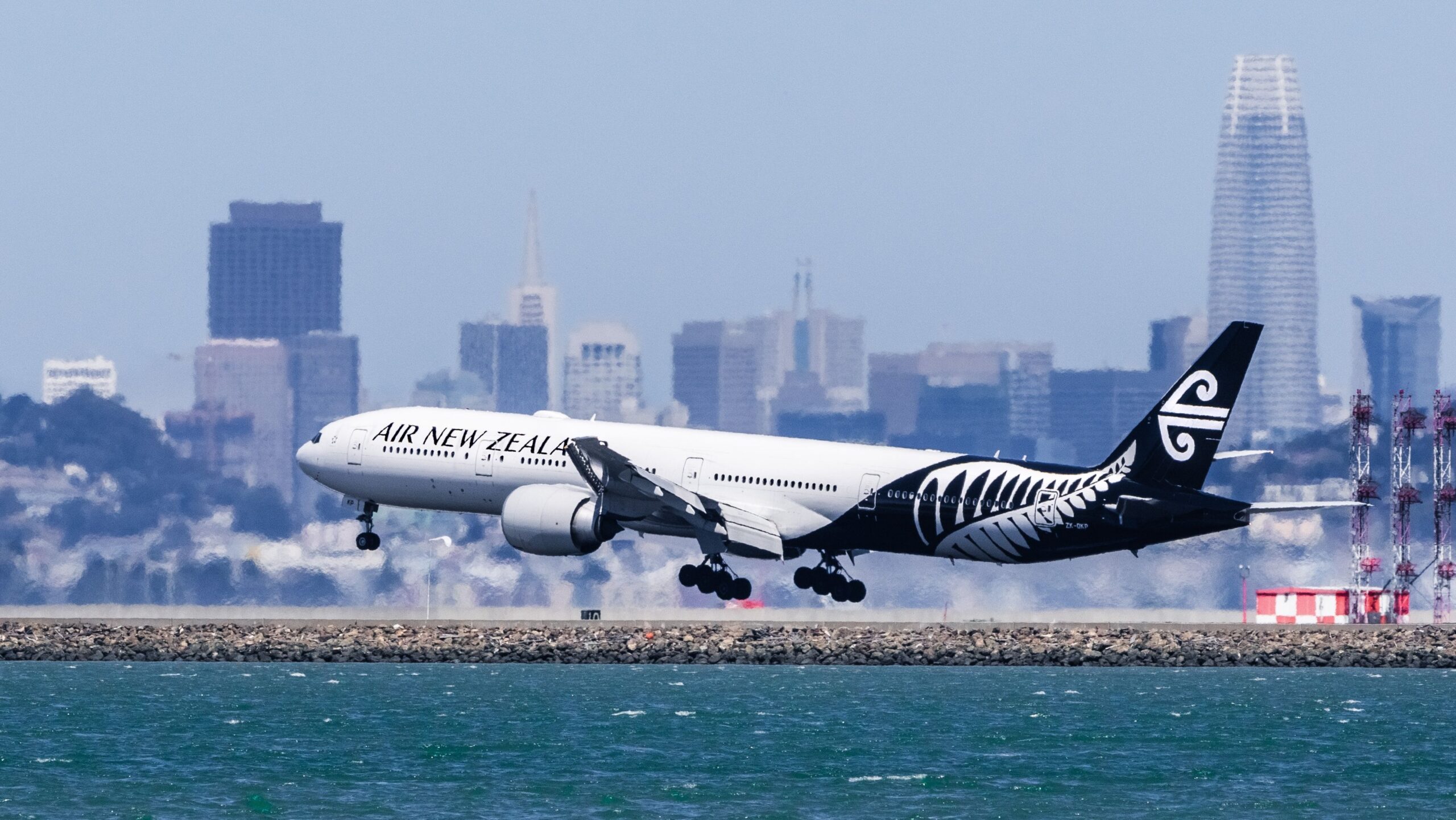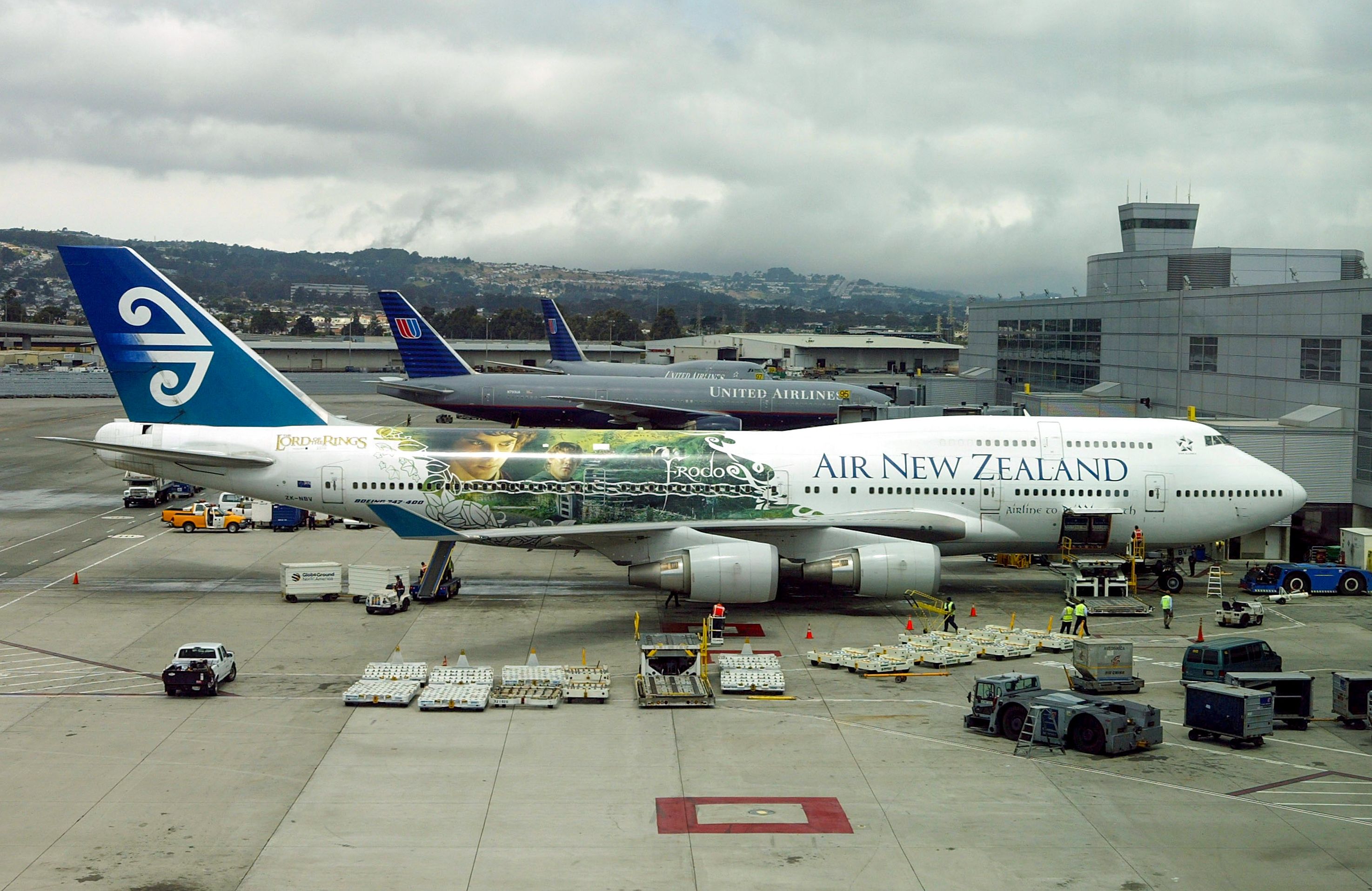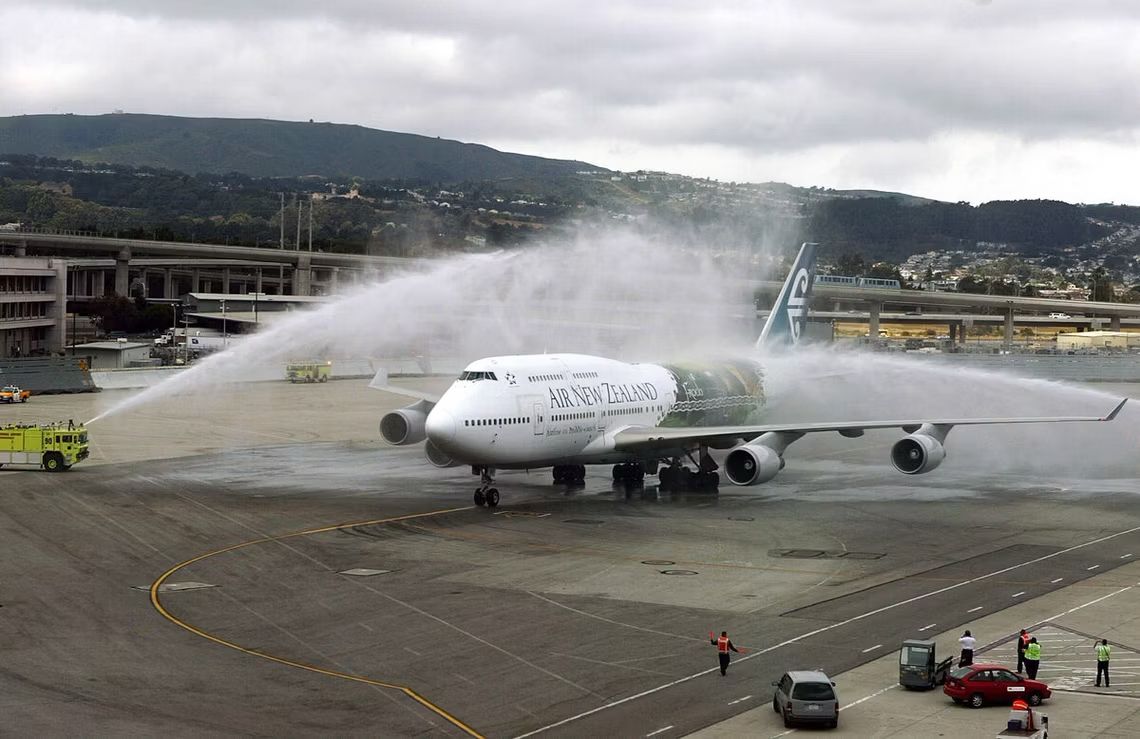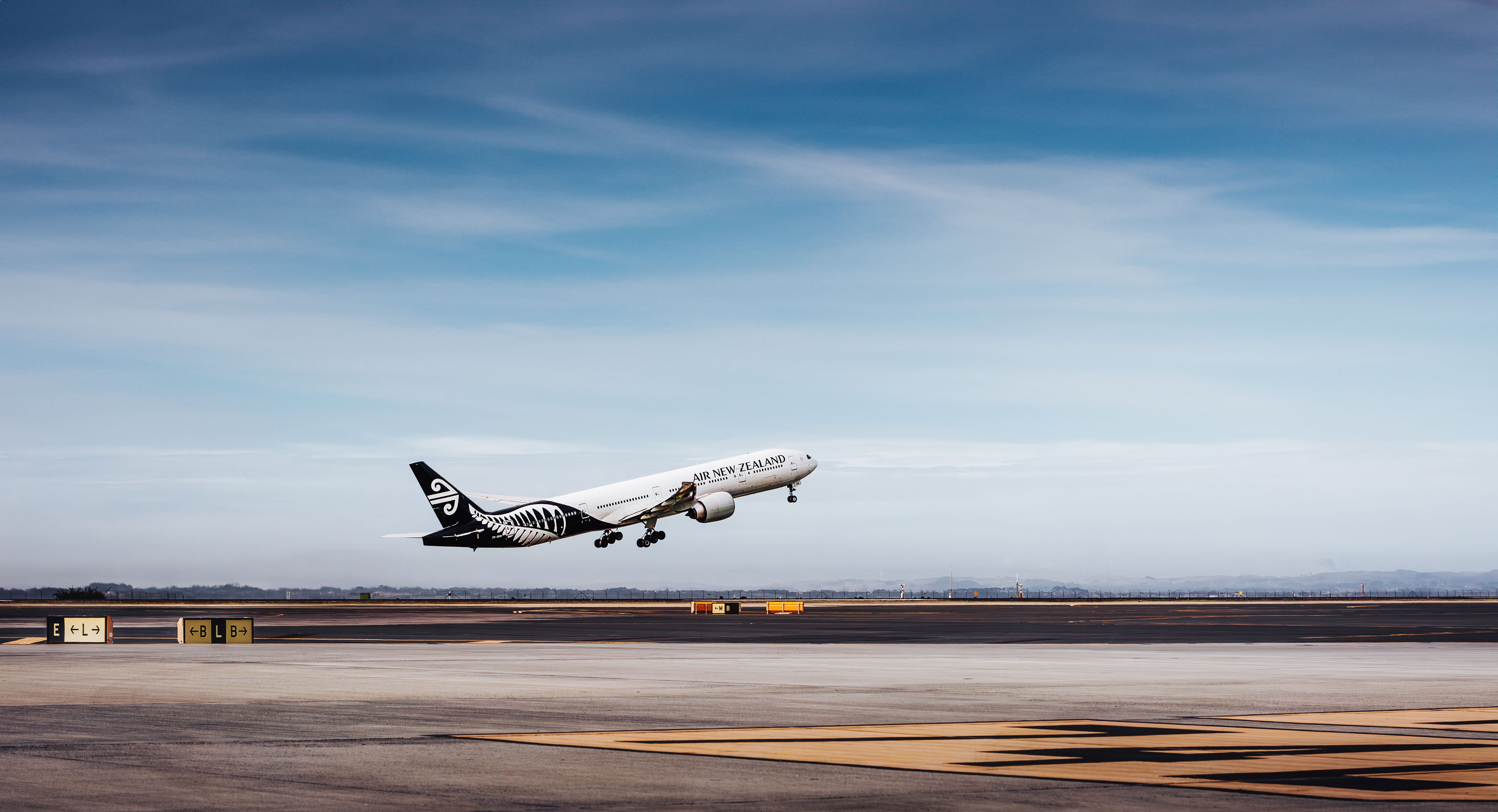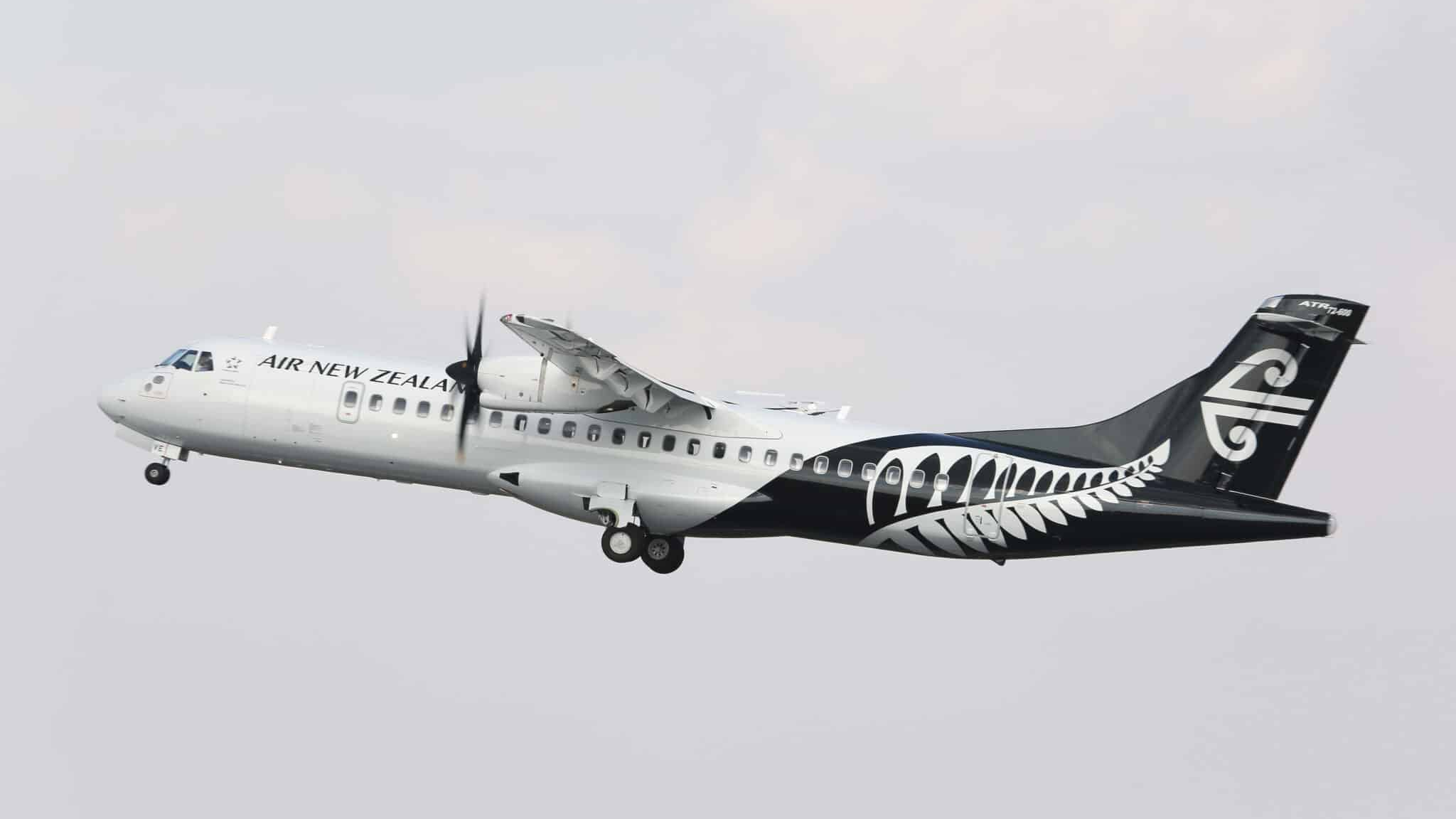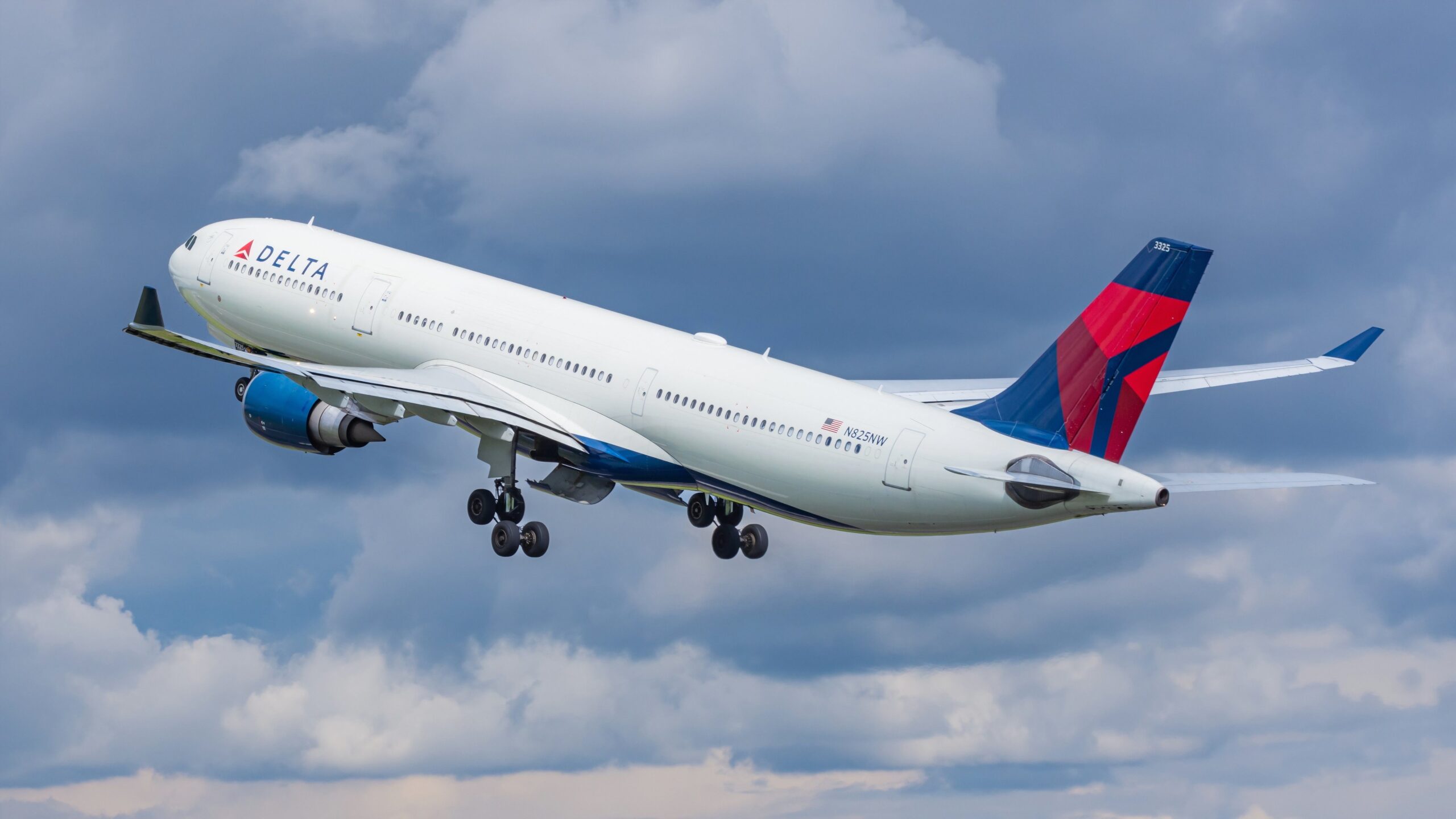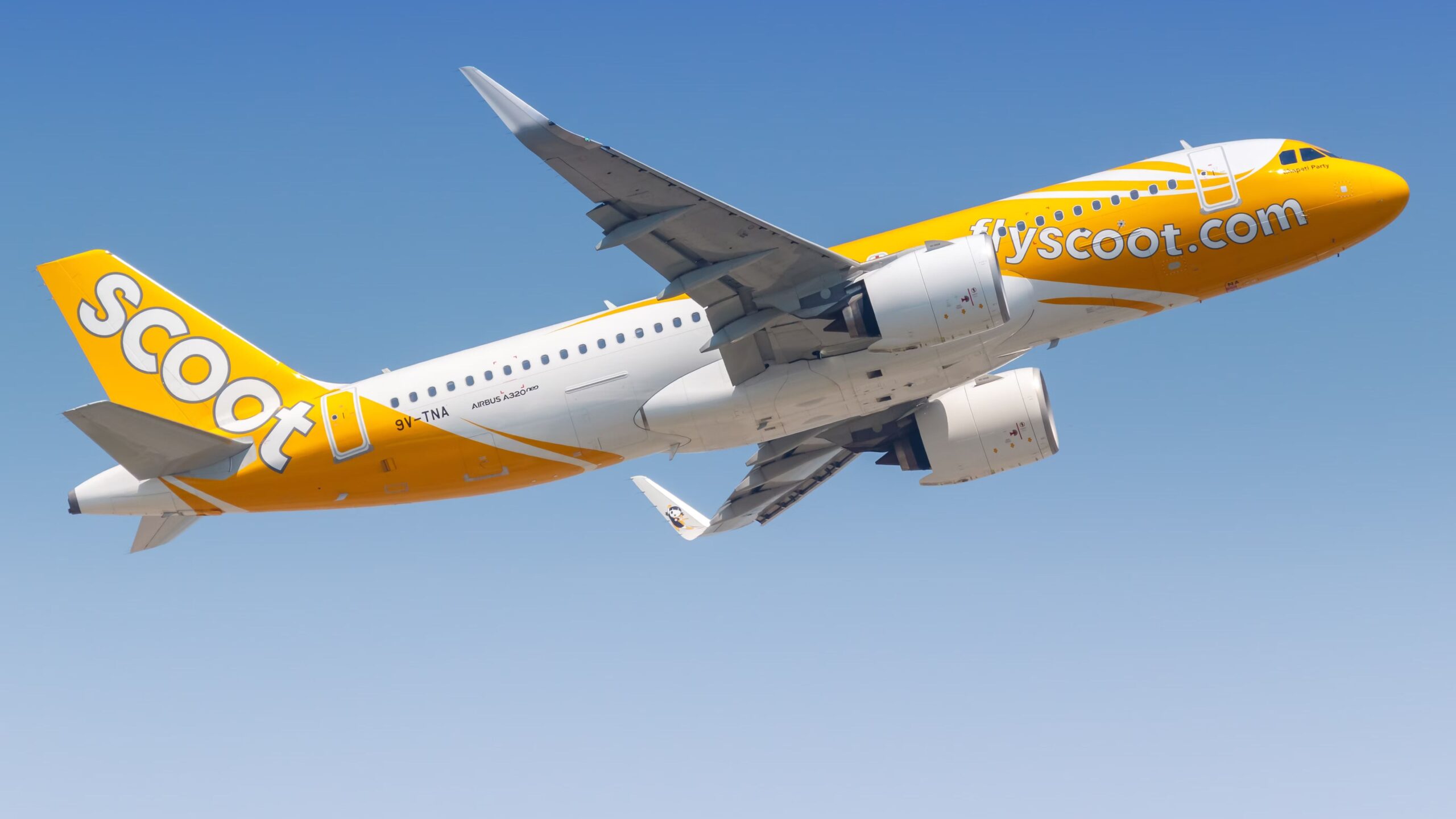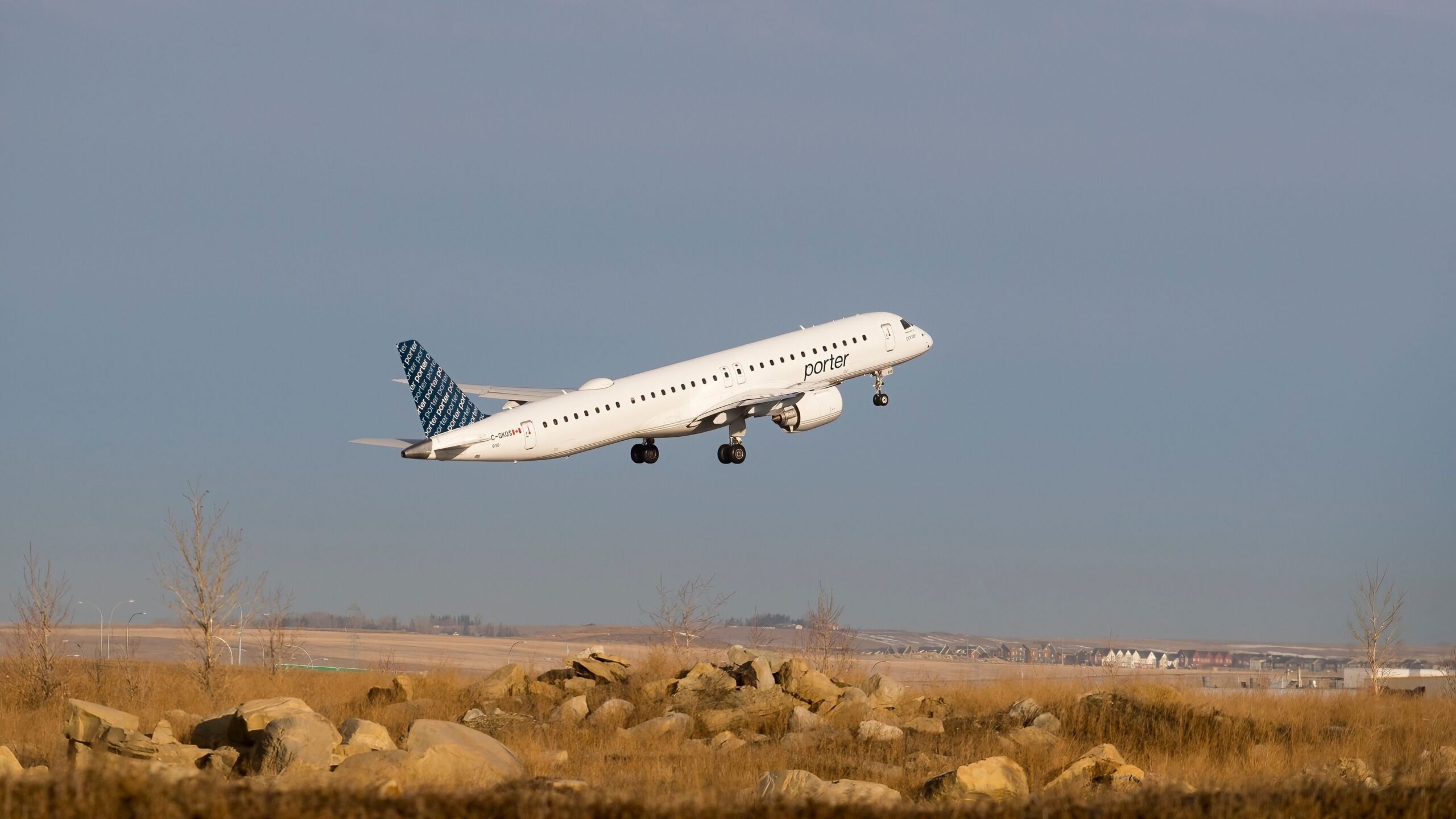Summary
- Air New Zealand celebrates 20 years of flying between Auckland and San Francisco, carrying more than 3 million passengers on 11,800 flights.
- The airline transitioned from Boeing 747-400 to Boeing 777-300ER for the route, highlighting its development as a full-service intercontinental airline.
- Air New Zealand is actively participating in the procurement of sustainable aviation fuel and exploring zero-emission propulsion technologies like hydrogen.
While Air New Zealand operates an extensive short-haul network of domestic and international destinations, most of its flying time is spent on long-haul flights across the Pacific and Asia. An example is last week’s celebration of 20 years of flying between Auckland and San Francisco, a route that has carried more than three million passengers between the two cities.
From 747s to 777s
On June 30, 2004, Air New Zealand sent a Boeing 747-400 across the Pacific Ocean to connect Auckland to San Francisco with a nonstop flight. This was no ordinary Jumbo Jet as it carried the special Lord of the Rings livery and this aircraft went on to fly the route right up until the final commercial service of the 747 in Air New Zealand’s fleet on September 12, 2014.
Photo: Air New Zealand
In the 20 years since the inaugural service, Air New Zealand has operated 11,800 flights to carry more than three million passengers between the two cities. The route proved highly successful from the start and, by 2005, had been doubled to six return services weekly.
Photo: Air New Zealand
The first flight used a 392-seat 747-400, while 20 years later, it was operated with a 342-seat Boeing 777-300ER, a mainstay in Air New Zealand’s development as a full-service intercontinental airline. The anniversary flight on June 30, 2024, departed Auckland Airport (AKL) at 21:54 and, after an 11:40-hour flight, landed at San Francisco International Airport (SFO) at 14:34.
Photo: Air New Zealand
The flight was operated with a 2014 Boeing 777-300ER, registration ZK-OKR and MSN 44546, that departed San Francisco at 22:55 and arrived in Auckland at 05:49 on July 2. Air New Zealand General Manager International Jeremy O’Brien said San Francisco has been a popular route for both Kiwi travelers and US customers heading to New Zealand.
“San Francisco is an important city for Air New Zealand and continues to be extremely popular with our customers both as a city to visit and as a stopover point. It also plays a crucial role in our cargo operations, with 3,500 tonnes carried annually between Auckland and San Francisco, including high-quality New Zealand lamb and fresh seafood.”
Long-haul flights and SAF
Air New Zealand aims to be a leader in net zero emissions flying, and its schedule of long-haul routes means that sustainable aviation fuel (SAF) is the quickest way to achieve this goal. It is working with international partners on new forms of zero-emission propulsion, such as hydrogen, but in the meantime, it is an active participant in procuring supplies of SAF whenever they become available.
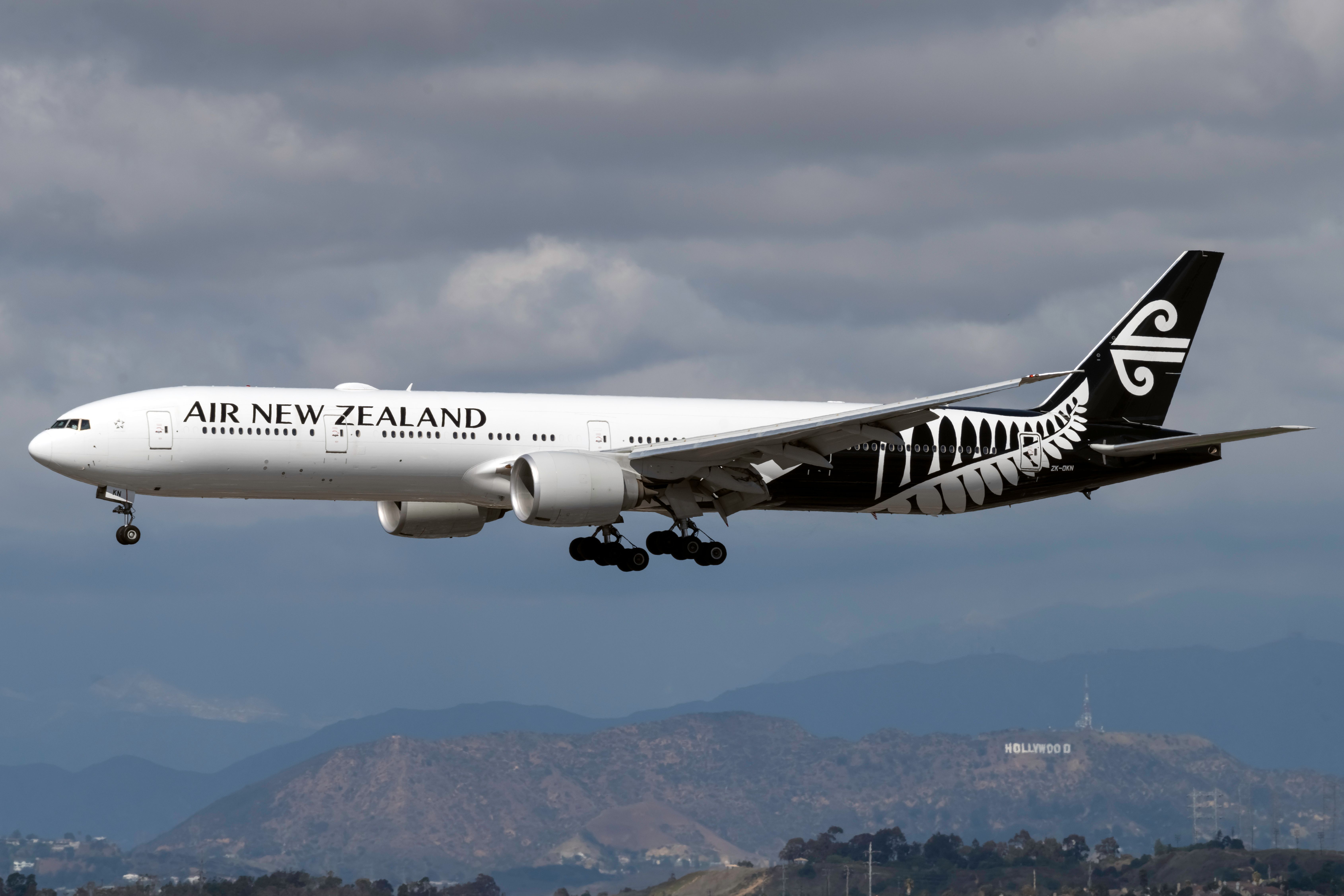
Related
Air New Zealand Buys 9 Million Liters of Neste SAF At LAX
Air New Zealand is leading the way towards net zero emissions and yesterday announced a deal to take 9 million liters of SAF produced by Neste.
At the end of June, Air New Zealand received 500,000 liters (132,000 US gallons) of SAF manufactured by EcoCeres in China from 100% used cooking oil and supplied and blended by Exxon Mobil. The SAF, which was delivered to Wellington, is the equivalent of 165 flights on an Airbus A320 jet, although it will be used on the airline’s fleet of ATR turboprops.
Photo: ATR
The issue with SAF is its availability, and the airline industry is placing more and more firm orders in the hope it will encourage more energy providers to see the commercial demand is there to warrant more investment. Air New Zealand Chief Sustainability Officer and Corporate Affairs Officer Kiri Hannifin said:
“While the volumes of SAF we are buying are very small compared to the amount of fossil jet fuel we use, they give an important signal to alternative fuel producers that we are open for business.”
From 2026, Air New Zealand aircraft will be required to uplift SAF from Singapore and Vancouver on return flights, with Japan announcing a similar requirement from 2030. This directive is gaining favor globally, and there are indications it will be mandated for all airlines for outbound flights, including in Australia, Indonesia, Hong Kong and China.
Hannifin added that these moves across different jurisdictions are being put into place to stimulate and fast-track the production of alternative fuels and encourage oil and gas companies to speed up their transition away from fossil fuels. Despite SAF production tripling in 2024, it will still only be able to supply 0.53% of total aviation fuel needs, so there is a very long way to go to reach zero-emission aviation.

